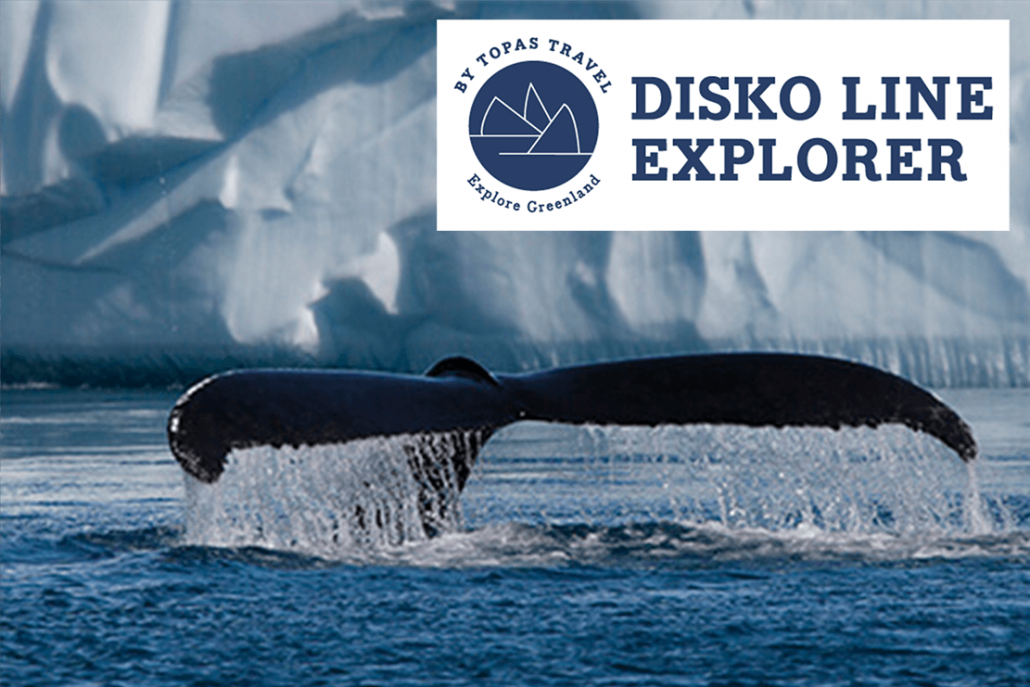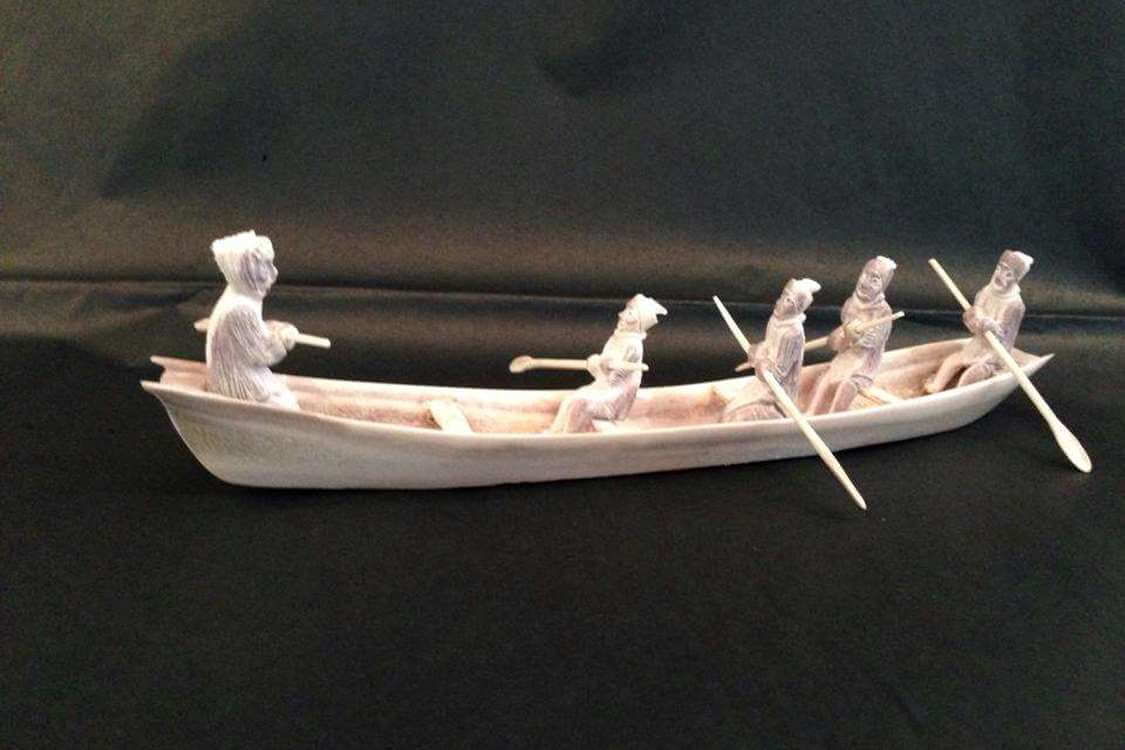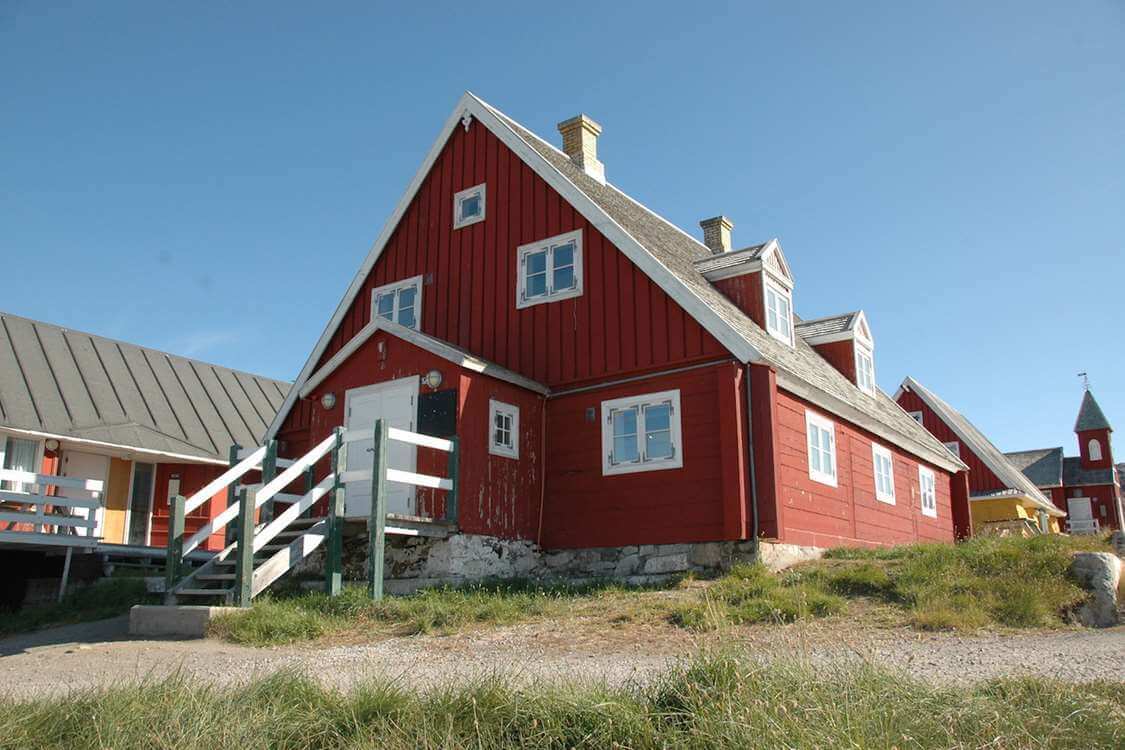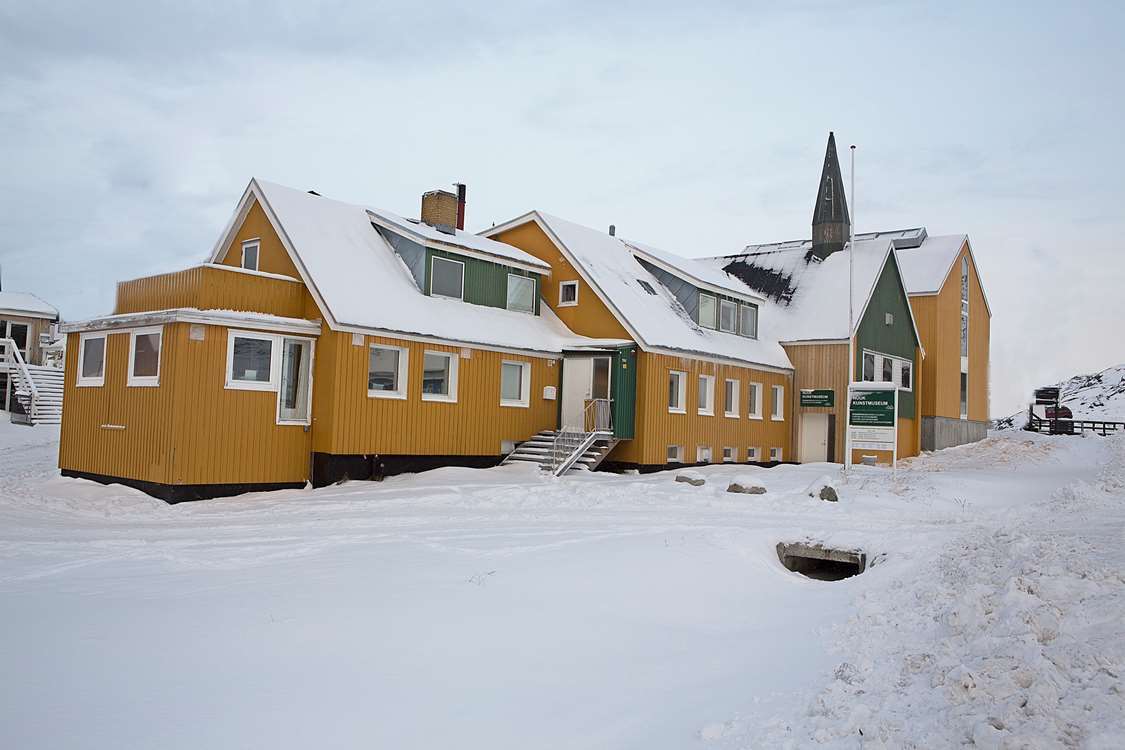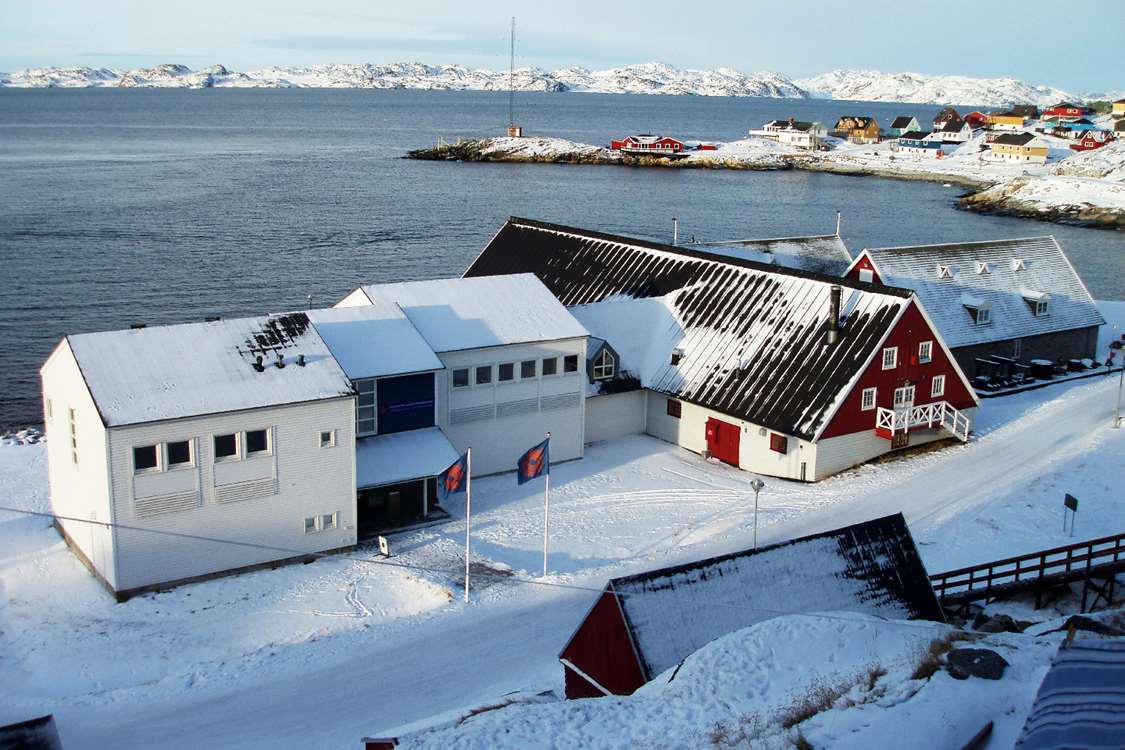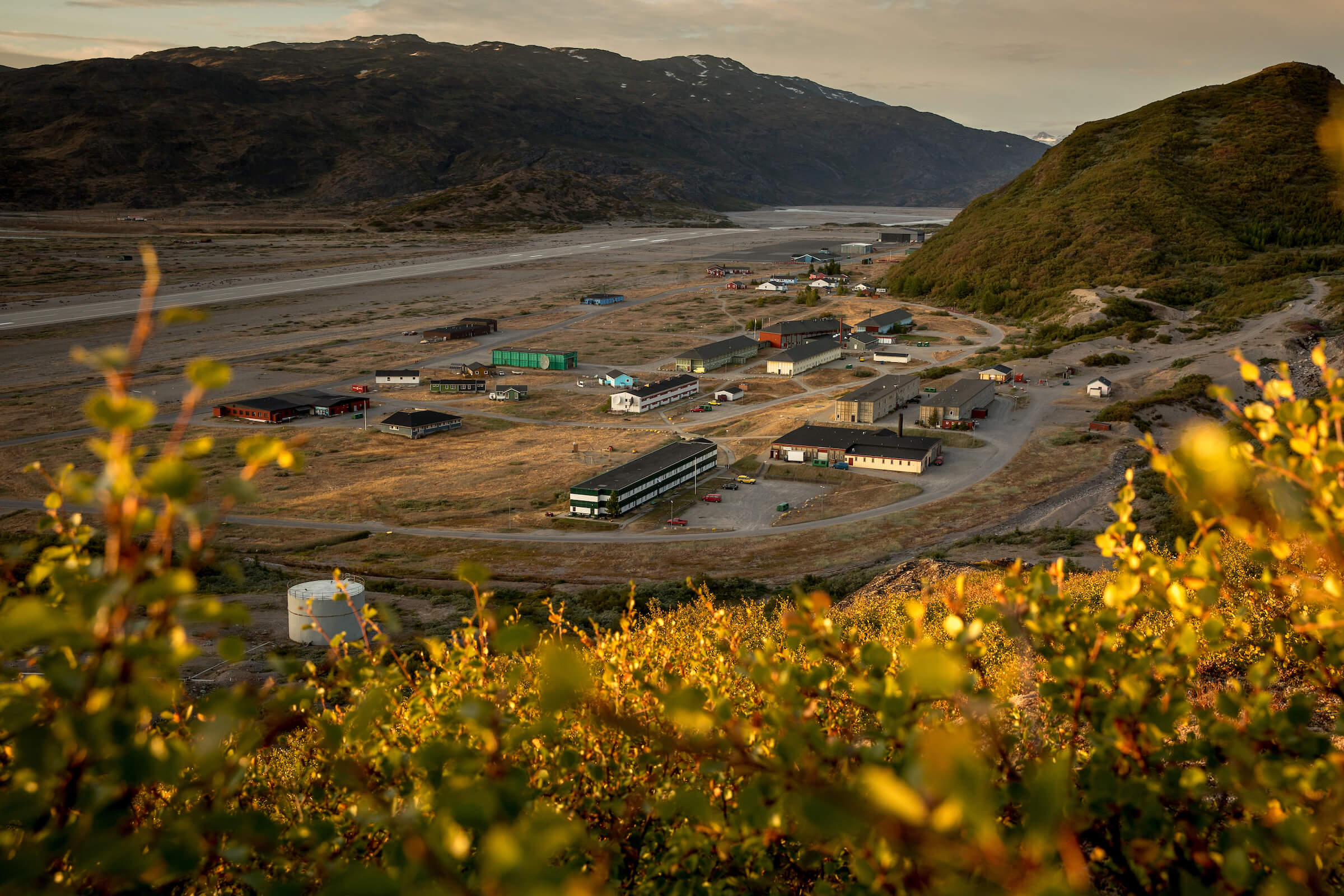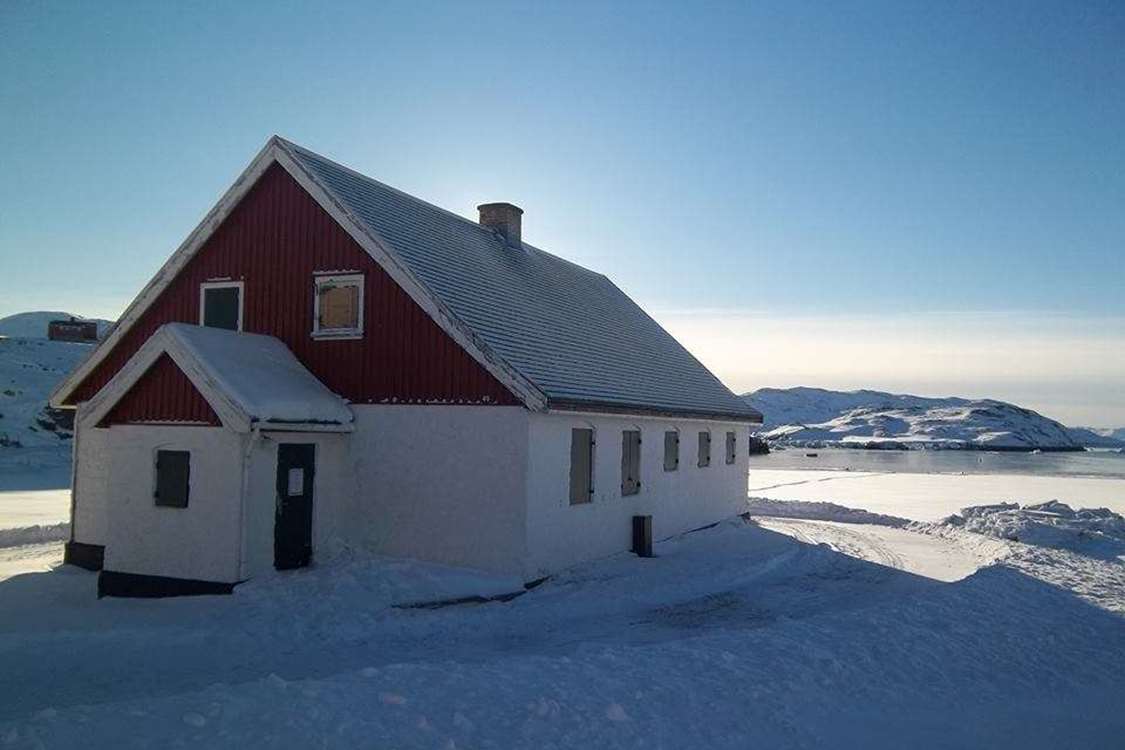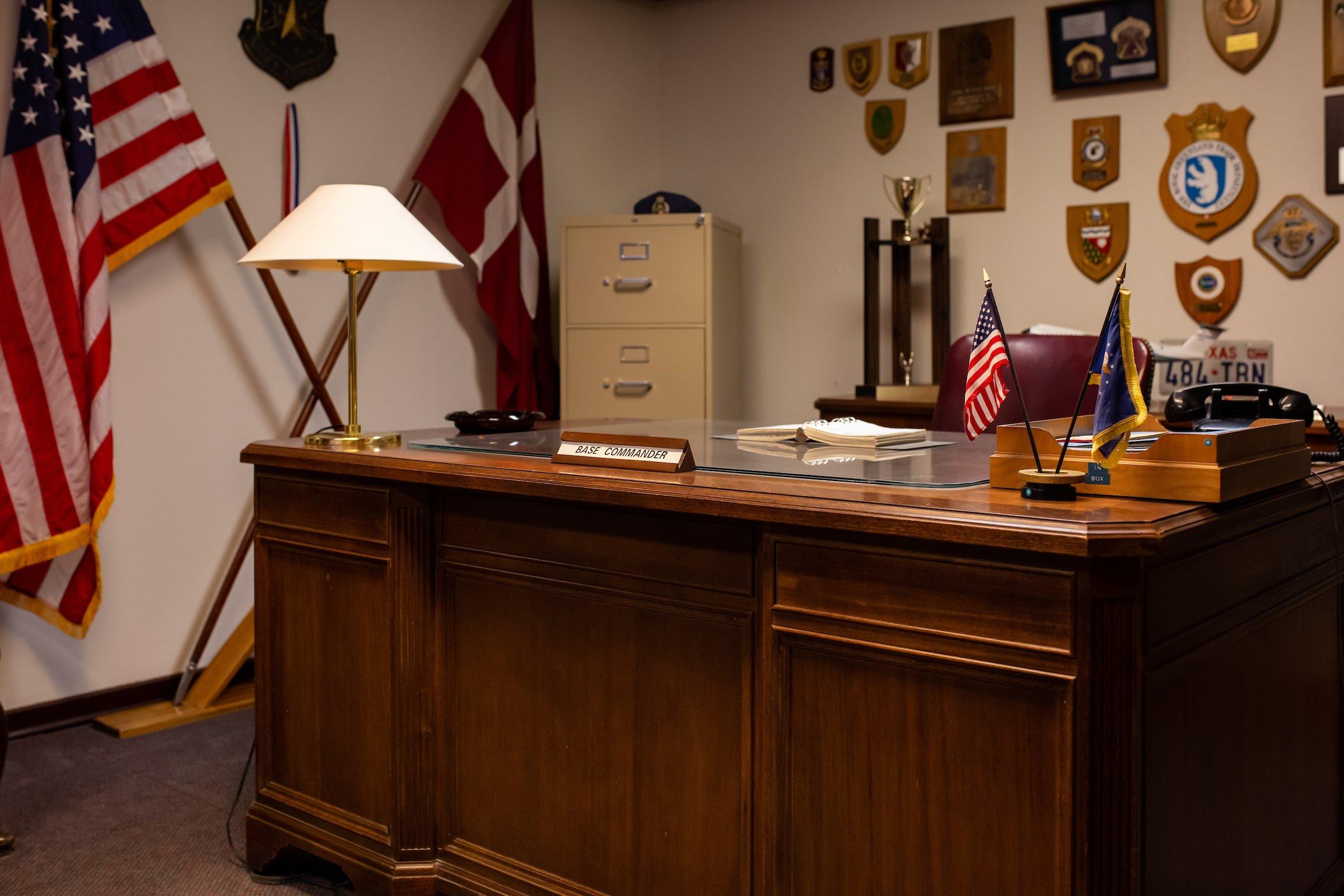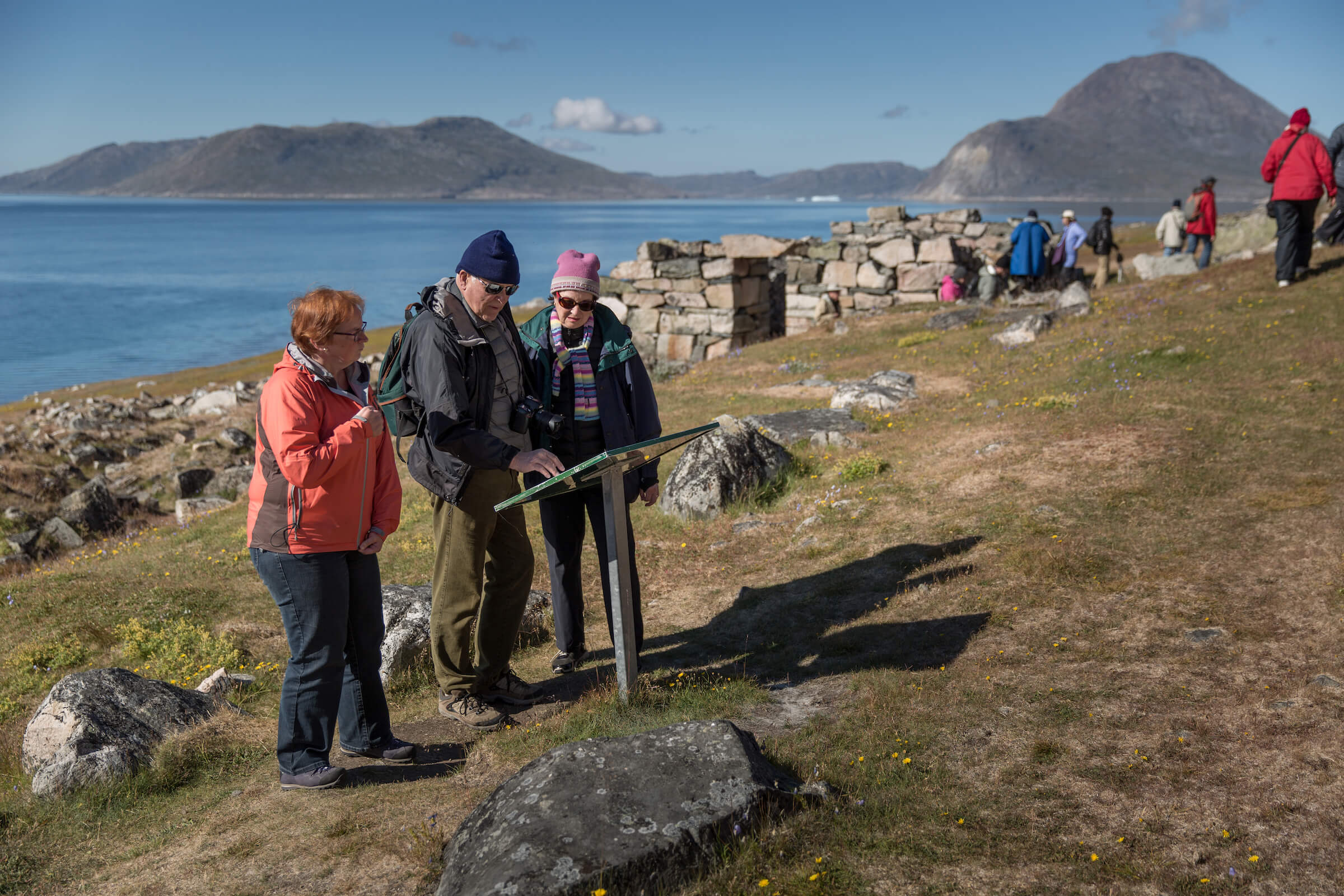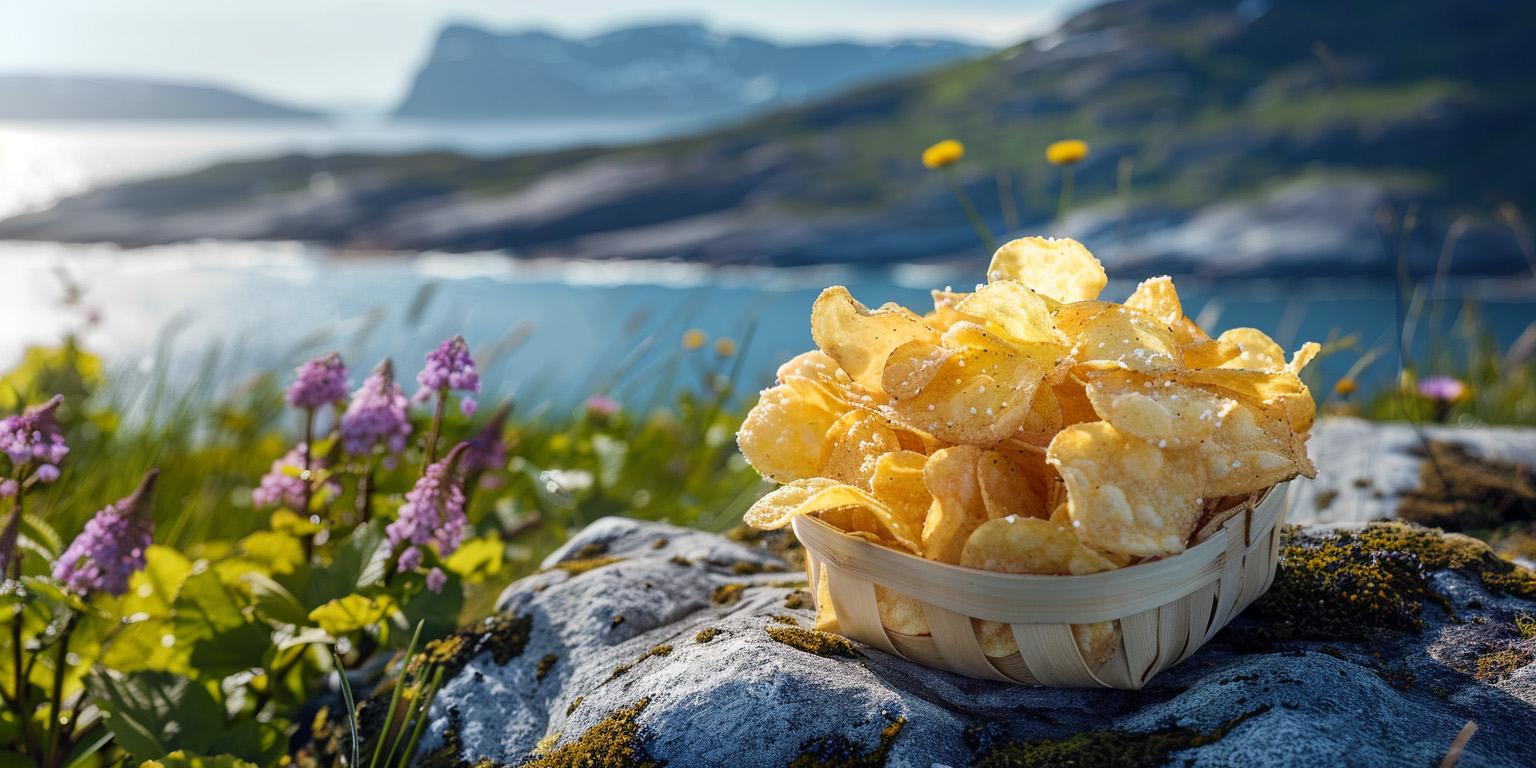Today we know, that the group, now referred to as the Dorset Culture, were the ones who came here, to a land void of humans, 1300 years ago.
It seems they may already have been here during an earlier wave of immigration right before the country was depopulated, but in spite of the amount of time they spent in Greenland, the Dorset Culture is shrouded in mystery. Why did they not use kayaks like the groups who came before and after them? How come they did not have dogs and sleds and why are their tools, patterns of habitation and technology so different from other Inuit immigrant groups?
The probable answers have been widely discussed, but the prevailing theory explains them as a group of people arriving here from the Northeast American woodland areas, and that they differ from other groups by “smelling somewhat of forests” as one Danish archeologist put it.
Their origins in this climatic temperate region may explain why they disappeared at the same time with the onslaught of the Little Ice Age in 1300 A.D. which turned Greenland into a colder and more inhospitable region.
.
THE THULE PEOPLE BROUGHT THE SLED DOG WITH THEM TO GREENLAND
The harsher climate and the disappointing summers did not seem to bother the Thule people, a group of highly specialized and adaptable nomads, who quickly spread out all along the ice free coast line around 1300 A.D.
As with other immigrant groups of Inuit peoples, the Thule people had also gone east, this time crossing the Bering Strait into Greenland. According to legends and folklore they had heard about iron and its wonderful properties as a source for tools, and that the iron could be found in meteorites in Northern Greenland.
The Thule people were whale and seal hunters and were most likely the first people to bring dogs into Greenland thus inaugurating the cultural history of dog sledding in Greenland.
They would go on long journeys by dog sled in the areas they were hunting and thus they founded the cultural tradition which in later times has been popularized during the era of expeditions surrounding those by Knud Rasmussen’s travels in Northern Greenland and Arctic Canada, and which today has become an important part of the local culture as well as in adventure tourism.




